Increasing Pet Ownership
The Veterinary Intravenous Solution Market is experiencing growth due to the rising trend of pet ownership. As more households adopt pets, the demand for veterinary services, including intravenous solutions, is likely to increase. According to recent statistics, pet ownership rates have surged, with a significant percentage of households now owning at least one pet. This trend suggests that veterinary practices are becoming more essential, leading to a higher requirement for intravenous solutions to treat various health conditions in pets. The increasing awareness among pet owners regarding the importance of veterinary care further fuels this demand, indicating a robust market potential for intravenous solutions in veterinary medicine.
Growing Awareness of Animal Health
The Veterinary Intravenous Solution Market is positively impacted by the growing awareness of animal health among pet owners and veterinarians. Educational campaigns and resources are increasingly available, informing stakeholders about the importance of timely veterinary care and the role of intravenous solutions in treatment. This heightened awareness is likely to result in more proactive health management for pets, leading to increased veterinary visits and, consequently, a higher demand for intravenous solutions. As pet owners become more knowledgeable about their animals' health needs, the market for veterinary intravenous solutions is expected to expand, reflecting a shift towards more comprehensive veterinary care.
Advancements in Veterinary Medicine
The Veterinary Intravenous Solution Market is significantly influenced by advancements in veterinary medicine. Innovations in treatment protocols and the development of new intravenous solutions are enhancing the efficacy of veterinary care. For instance, the introduction of specialized intravenous fluids tailored for specific conditions is becoming more prevalent. This evolution in veterinary practices is likely to drive the demand for intravenous solutions, as veterinarians seek to provide the best possible care for their patients. Furthermore, the increasing complexity of veterinary cases necessitates the use of advanced intravenous solutions, thereby expanding the market's scope and potential.
Rising Incidence of Animal Diseases
The Veterinary Intravenous Solution Market is also driven by the rising incidence of various animal diseases. As the prevalence of conditions such as dehydration, kidney failure, and infections increases, the need for effective treatment options becomes critical. Intravenous solutions play a vital role in managing these health issues, providing essential fluids and medications directly into the bloodstream. Recent data indicates a notable rise in veterinary visits due to these health concerns, which in turn boosts the demand for intravenous solutions. This trend highlights the importance of intravenous therapy in veterinary medicine and suggests a growing market for these essential products.
Regulatory Support for Veterinary Products
The Veterinary Intravenous Solution Market benefits from regulatory support aimed at ensuring the safety and efficacy of veterinary products. Regulatory bodies are increasingly focused on establishing guidelines that promote the development and approval of high-quality intravenous solutions. This supportive environment encourages manufacturers to innovate and improve their product offerings, which is likely to enhance market growth. Additionally, the emphasis on compliance with safety standards may lead to increased consumer confidence in veterinary intravenous solutions, further driving demand. As regulations evolve, the market is expected to adapt, potentially leading to new opportunities for growth.


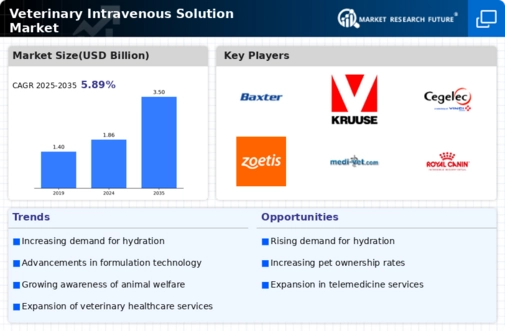
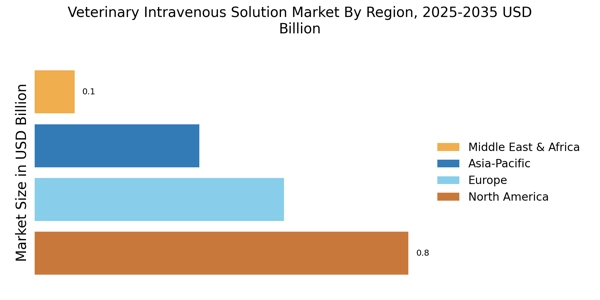

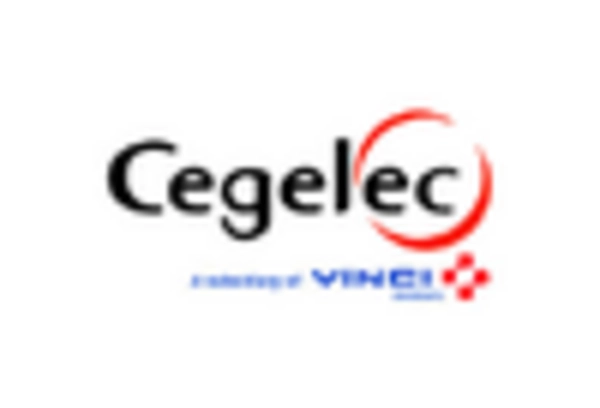
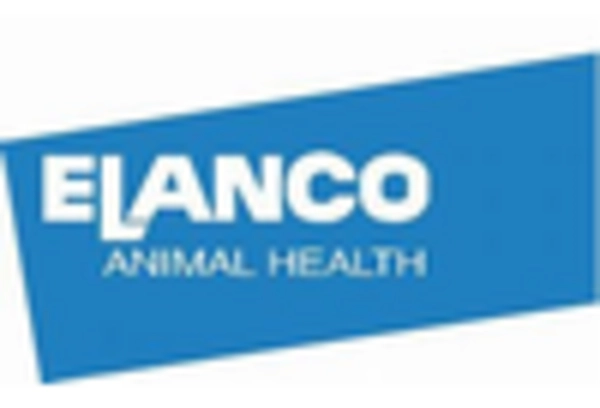

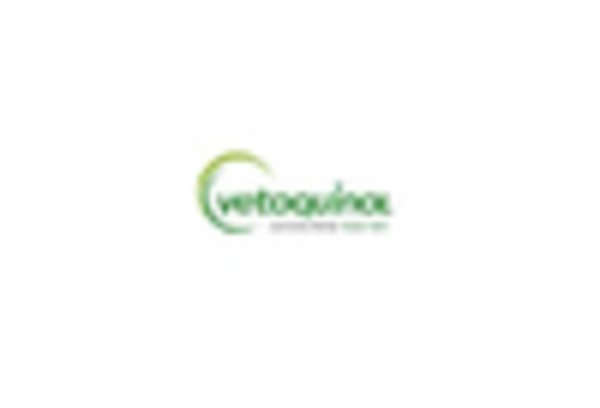
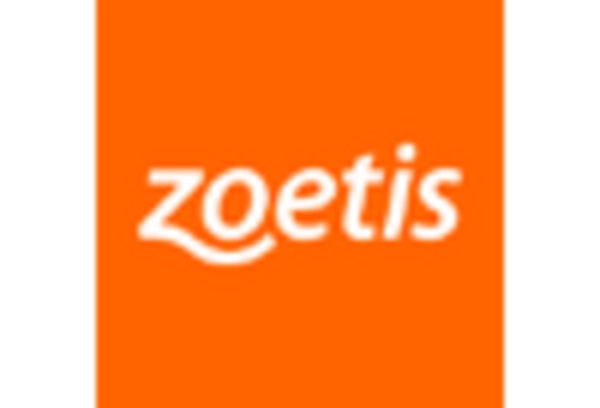








Leave a Comment